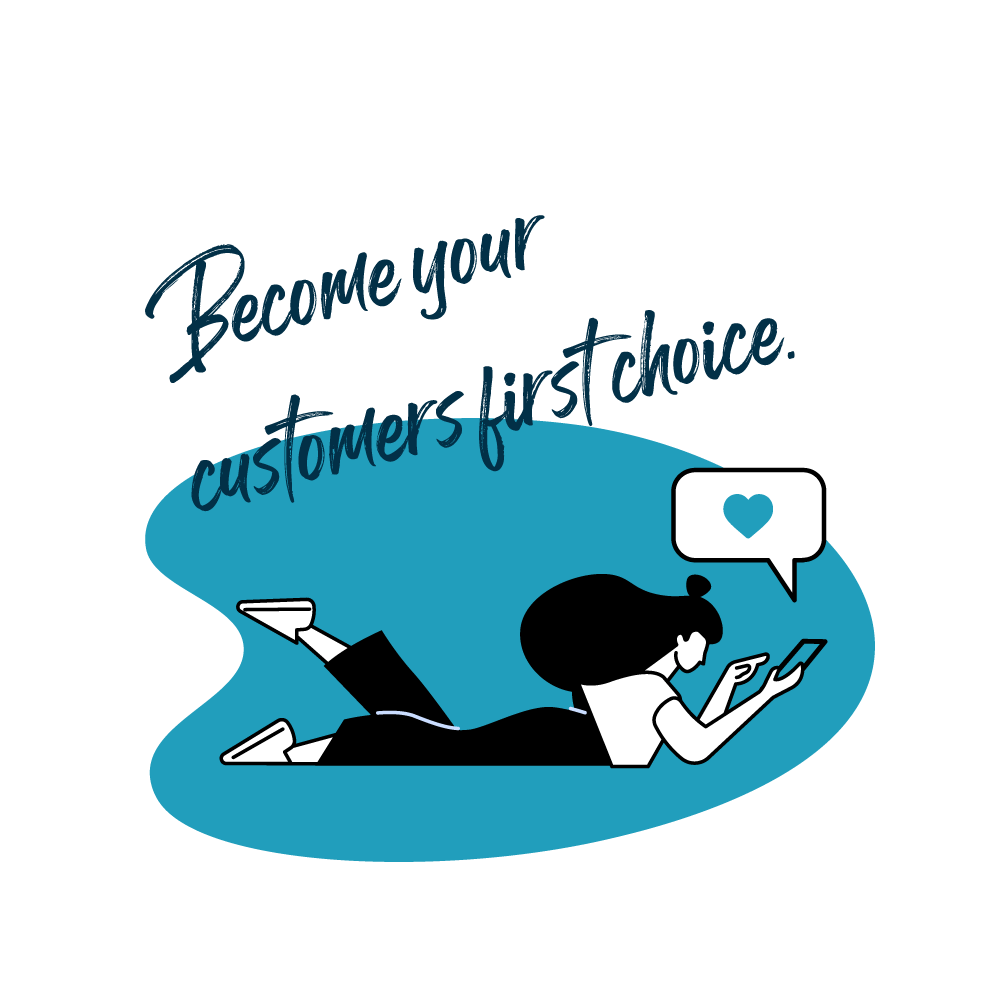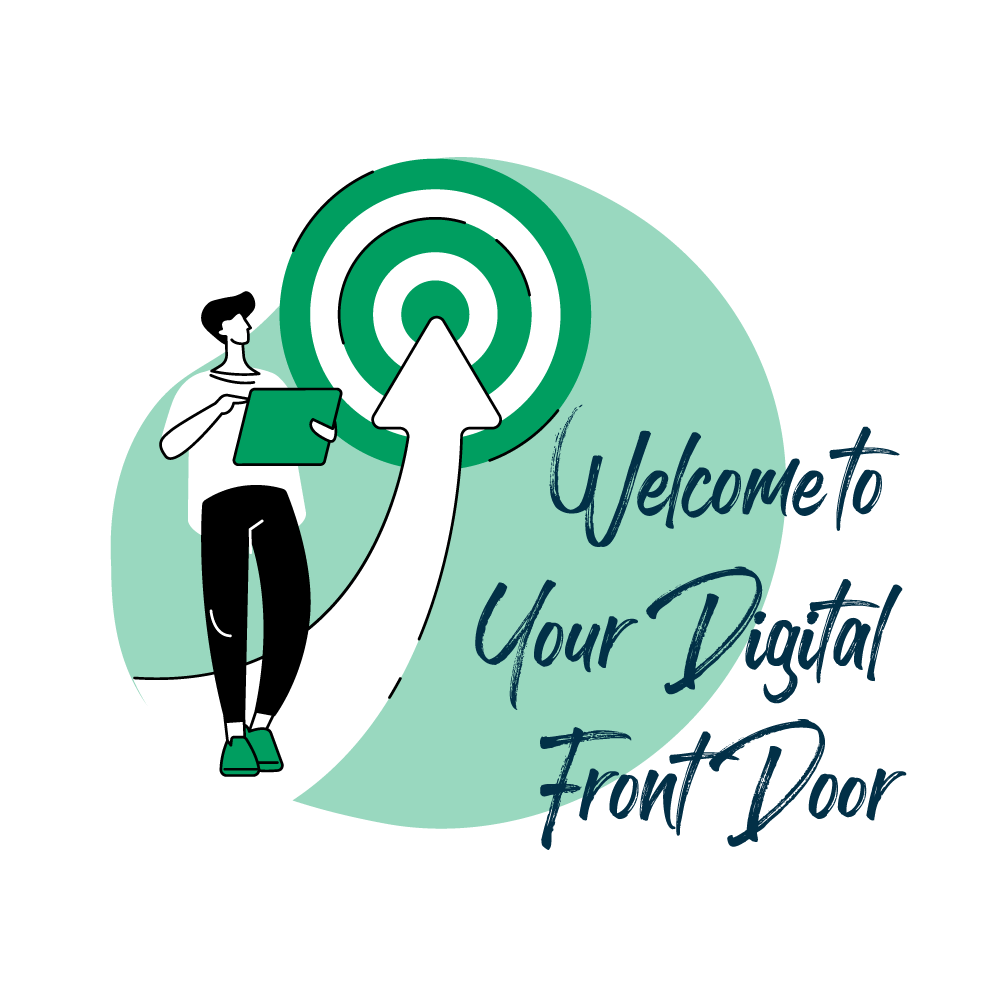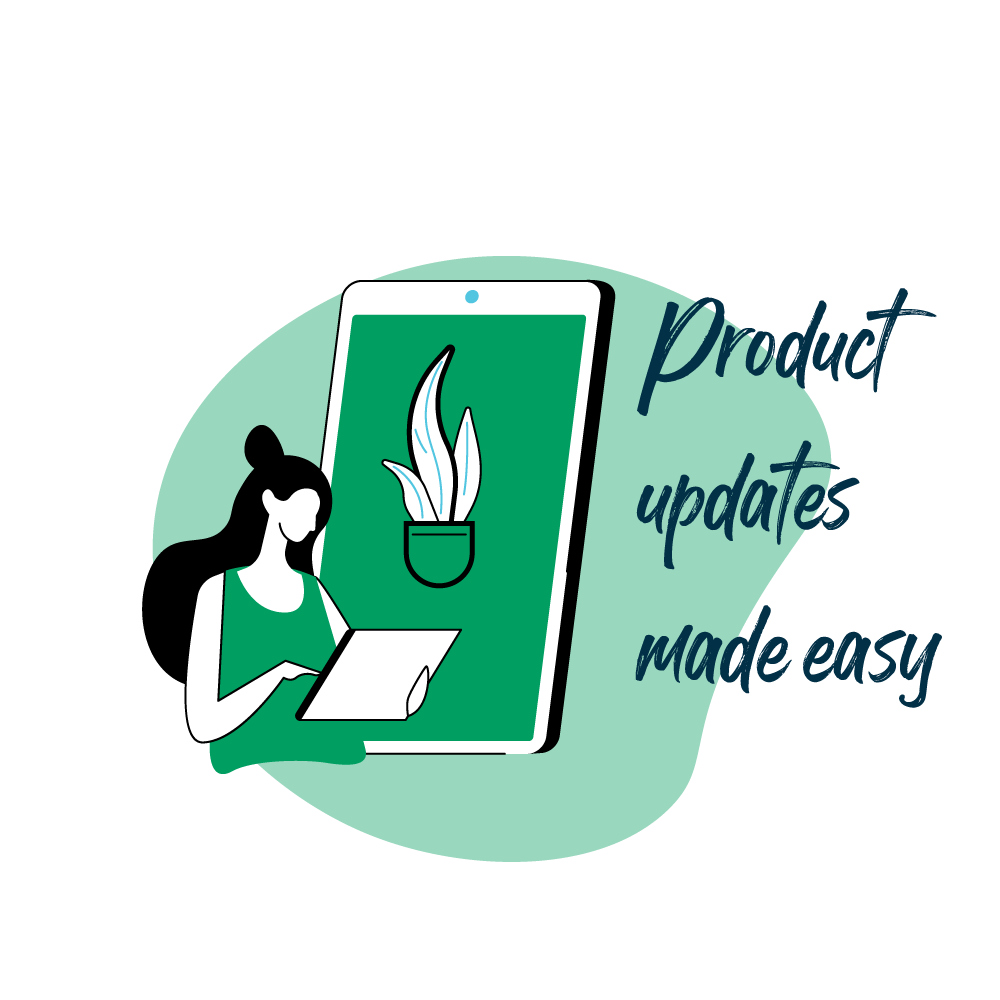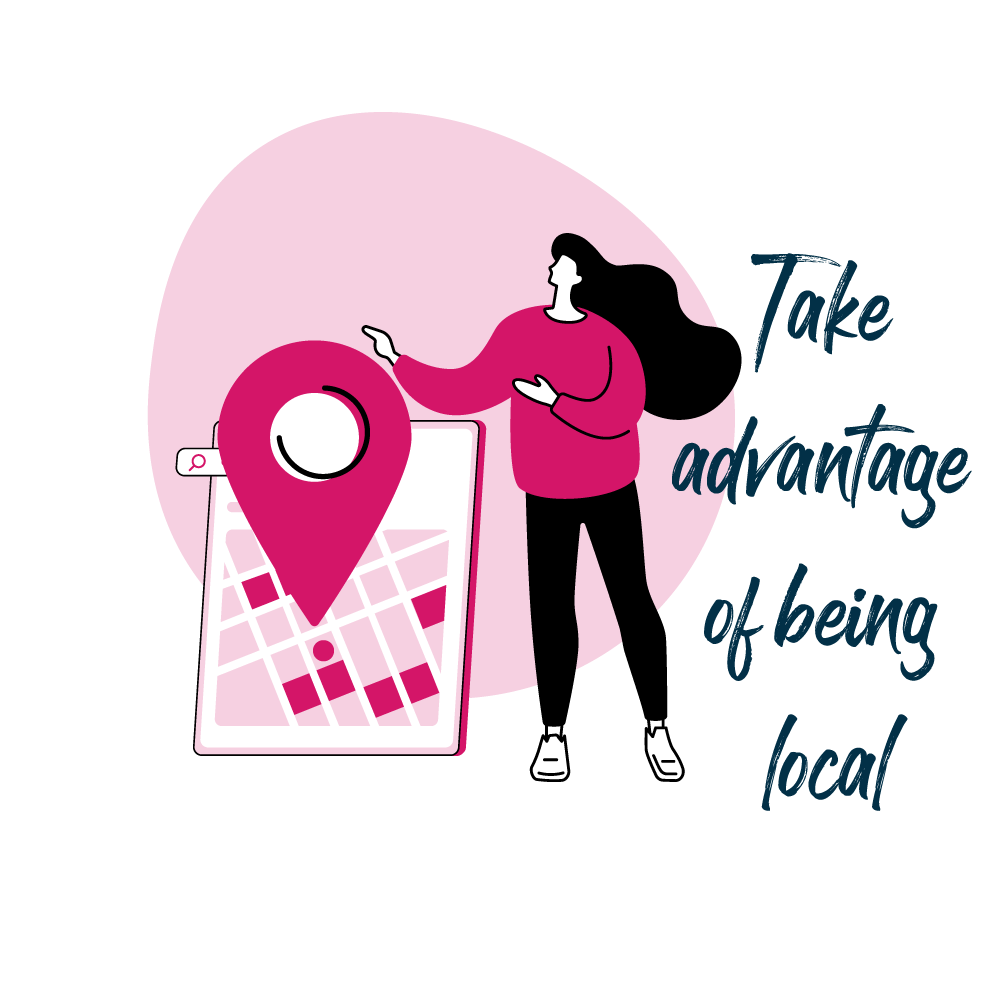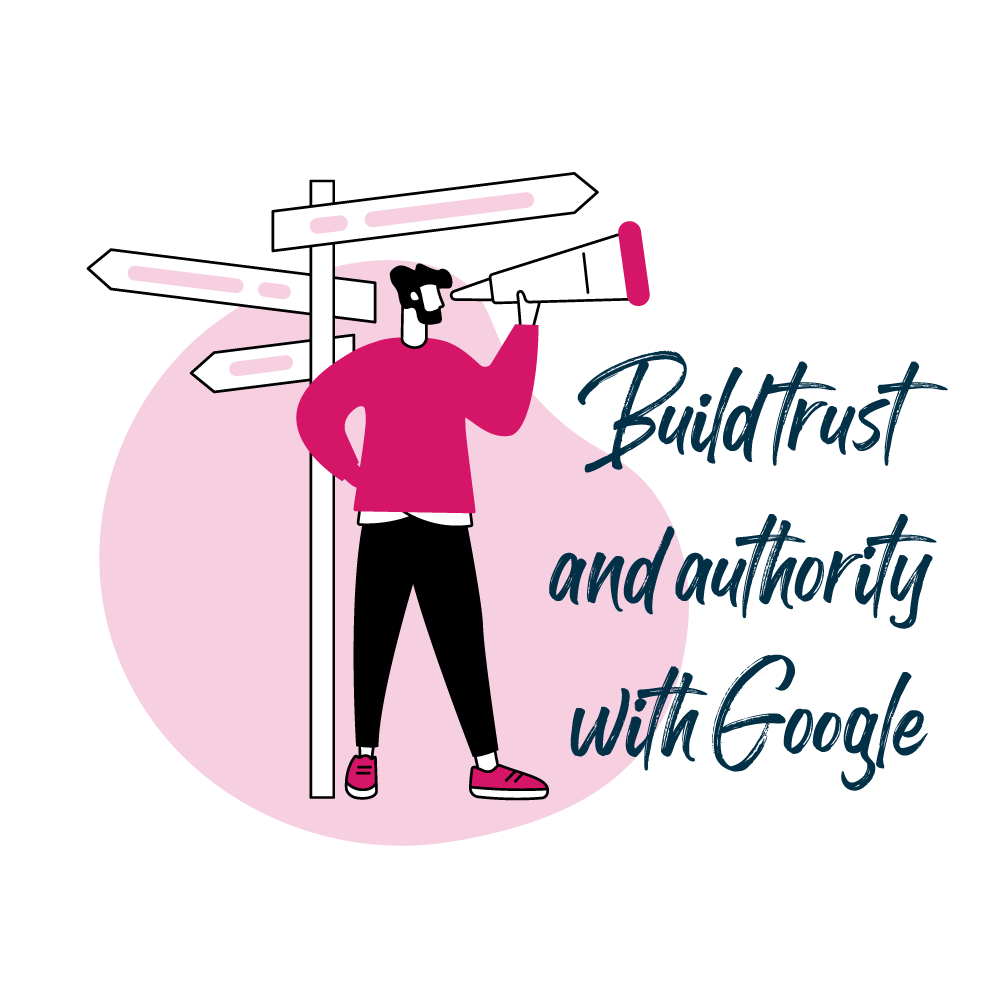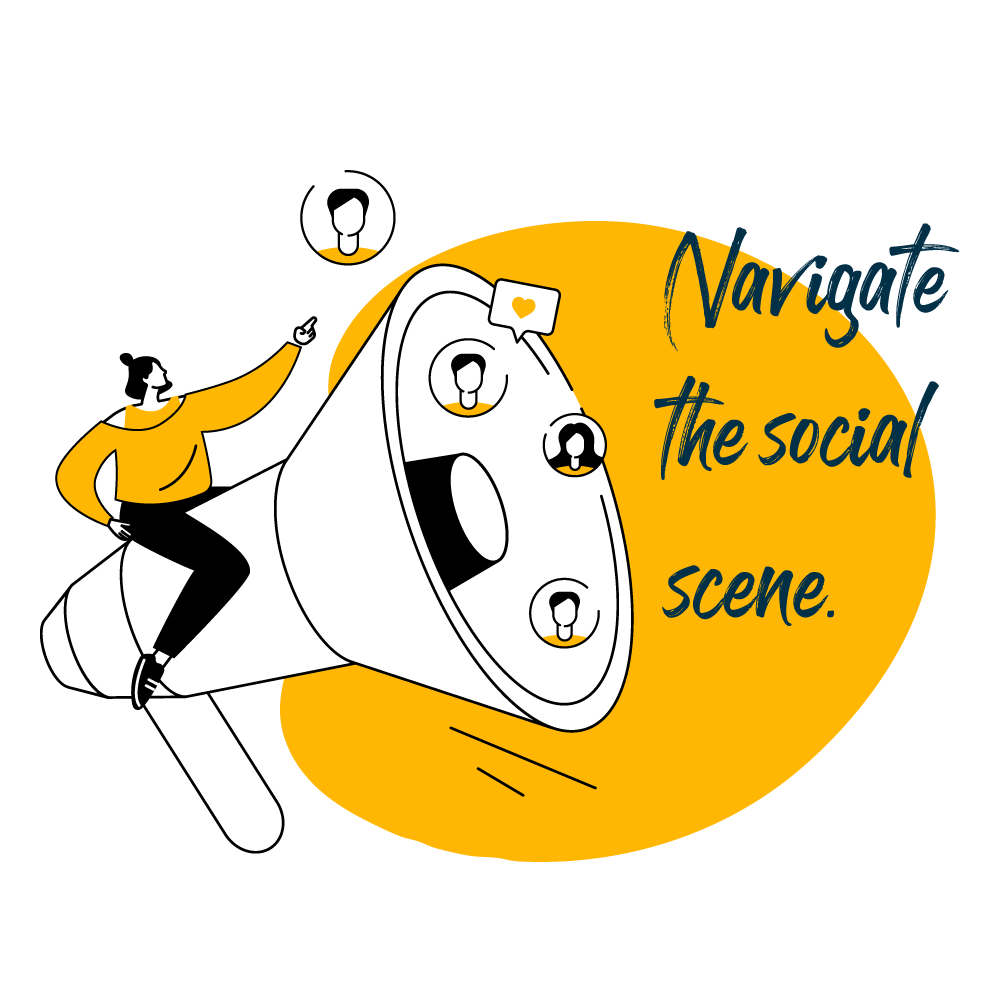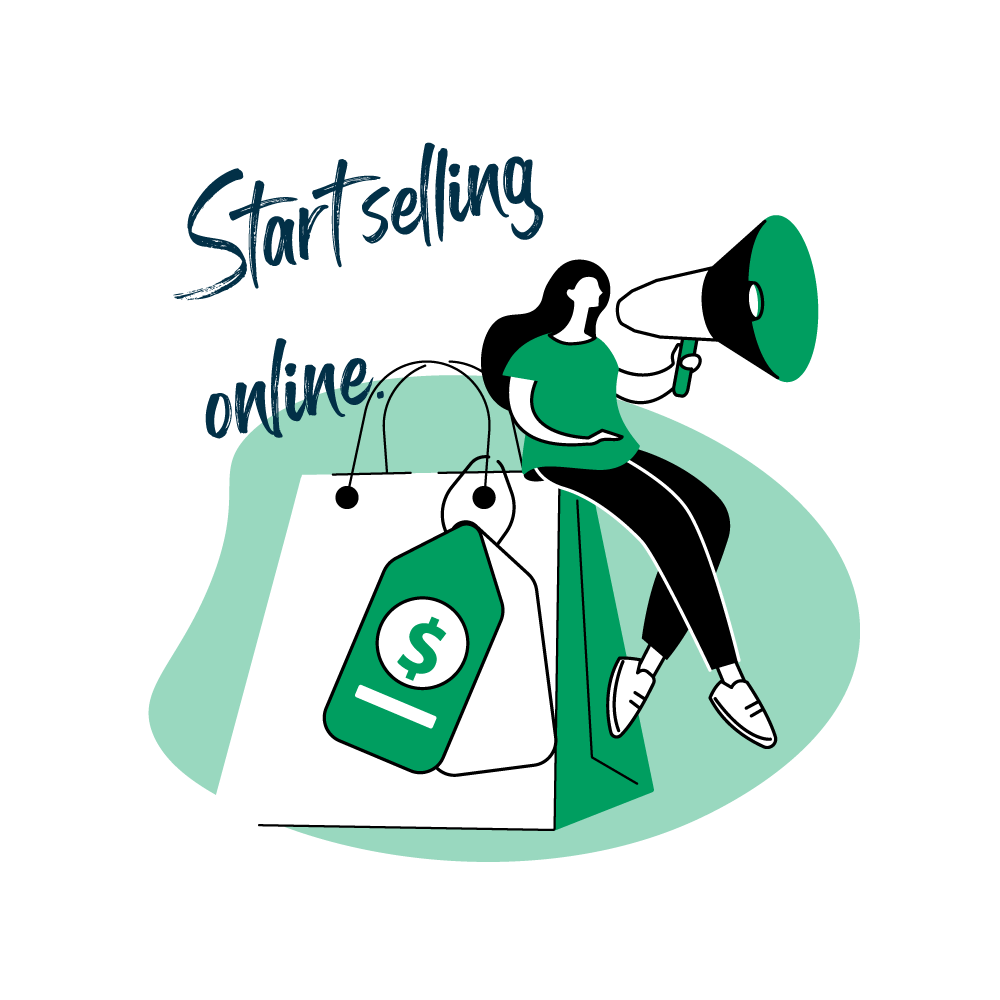
Ecommerce Websites
Design and Build
If you are a start-up or simply want to take your existing online store to the next level, our package for ecommerce websites has everything you need to get started. With our SEO-focused website approach, we create websites your customers and Google will love.
WHAT'S INCLUDED?
- Shopify premium theme
- Custom design within the theme parameters
- Fully responsive website
- Mobile and tablet-ready
- 1 hour workshops to discuss website structure
- Custom header and footer menu design
- Custom fonts and colour design
- Custom home page design (up to 10 sections)
- Up to 10 products (or services) that we create
- Up to 2 collections that we create
- Up to 2 content pages (up to 10 sections)
- Third party Shopify app installations (up to 2 apps)
- Shipping rules
- Links to Instagram and Facebook
- Assistance with set-up of payment methods
- Assistance with Google Console set-up
- Sitemap
- Link to your custom domain
SEO on-page optimisation for up to 5 pages:
- Keyword search
- Keyword-optimised copy rewrite
- H1 headlines
- Meta titles
- Meta descriptions
- Image optimisation (up to 10 images)
- ALT tags
- Optimised URLs
- Internal links
- Redirect of legacy URLs (up to 20 URLs)
- Legacy customer data migration (pre-defined format)
- Customised products and shipping discounts (up to 2)
- Custom newsletter template (up to 1)
- Assistance with Google Console set-up
- Sitemap submission
2 hours training and handover

29%
29% of business is conducted online.
48%
of internet users say the number one way they decide on the credibility of a business is determined by the web design
43%
of small businesses plan to invest in their website performance
We create websites that stand out from the crowd.
Our SEO-Centric Approach for Your Ecommerce Website
We get it. You've created a visually impressive ecommerce website that you absolutely love. But let's face it - Google has yet to fall head over heels for it... yet. No matter how dazzling your site is, the crucial question is, can your potential customers find it?
In order to be found, you need to rank ahead of the pack on Google's search engine results. That is what we call the Google love.
Our SEO-focused approach to creating ecommerce websites is your ticket to being seen and adored by both your customers and Google. How do we do it? User experience, SEO-friendly content, and technical soundness are the pillars on which our approach is based. And keywords and user intent are central to implementing an SEO-centric website.
By identifying the words and phrases your potential customers are searching for, we strategically integrate these words and phrases into your website's content and structure. This approach not only fosters organic traffic growth but also enhances user engagement. Beyond user experience and SEO-friendly content, we pay close attention to the technical aspects of SEO. This includes optimising site and page speed across desktop and mobile devices.
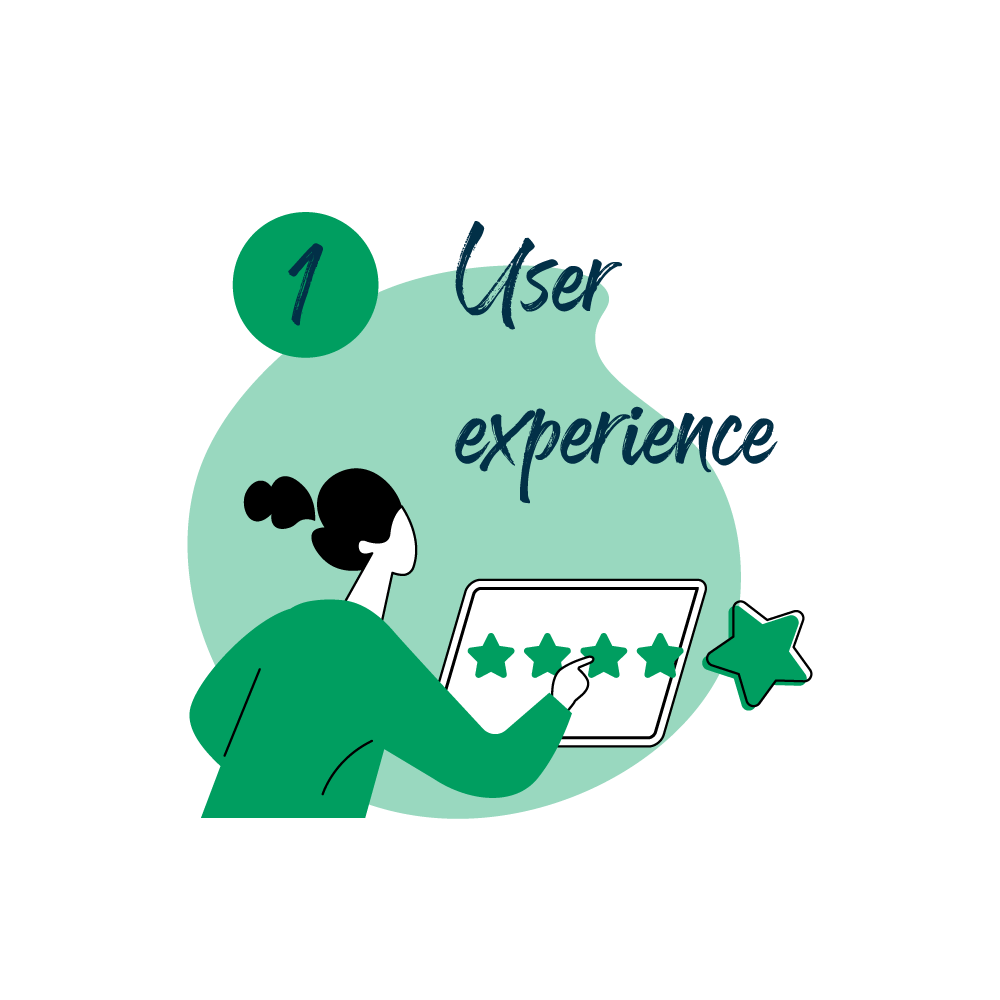
User Experience
Making your ecommerce website a delightful user experience
- Consistent Branding
- Optimised Visuals
- Navigational Ease
- Human-Centric Content
- Compelling Call to Action
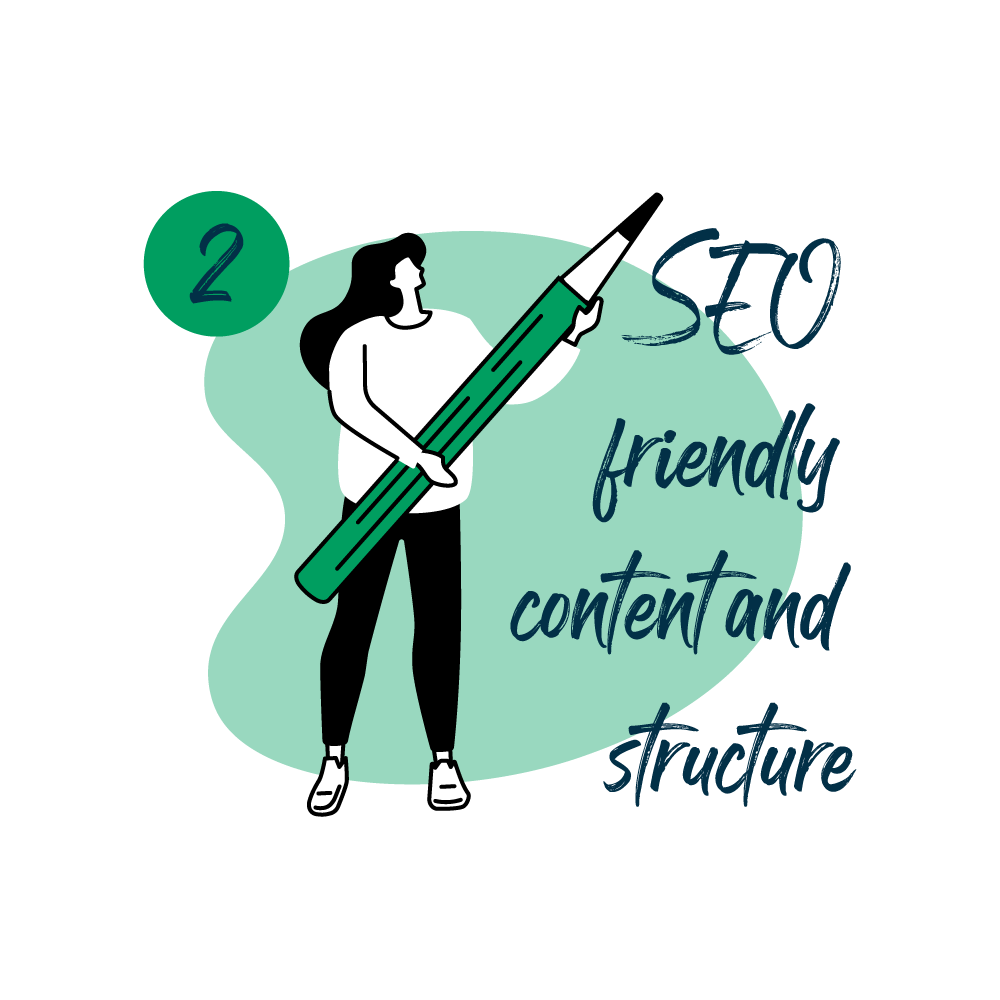
SEO-friendly content and structure
Ensuring your website speaks Google's language
- Google Compatibility
- Traffic Insights
- Keyword Intent
- Trust and Authority
- Competitive Edge
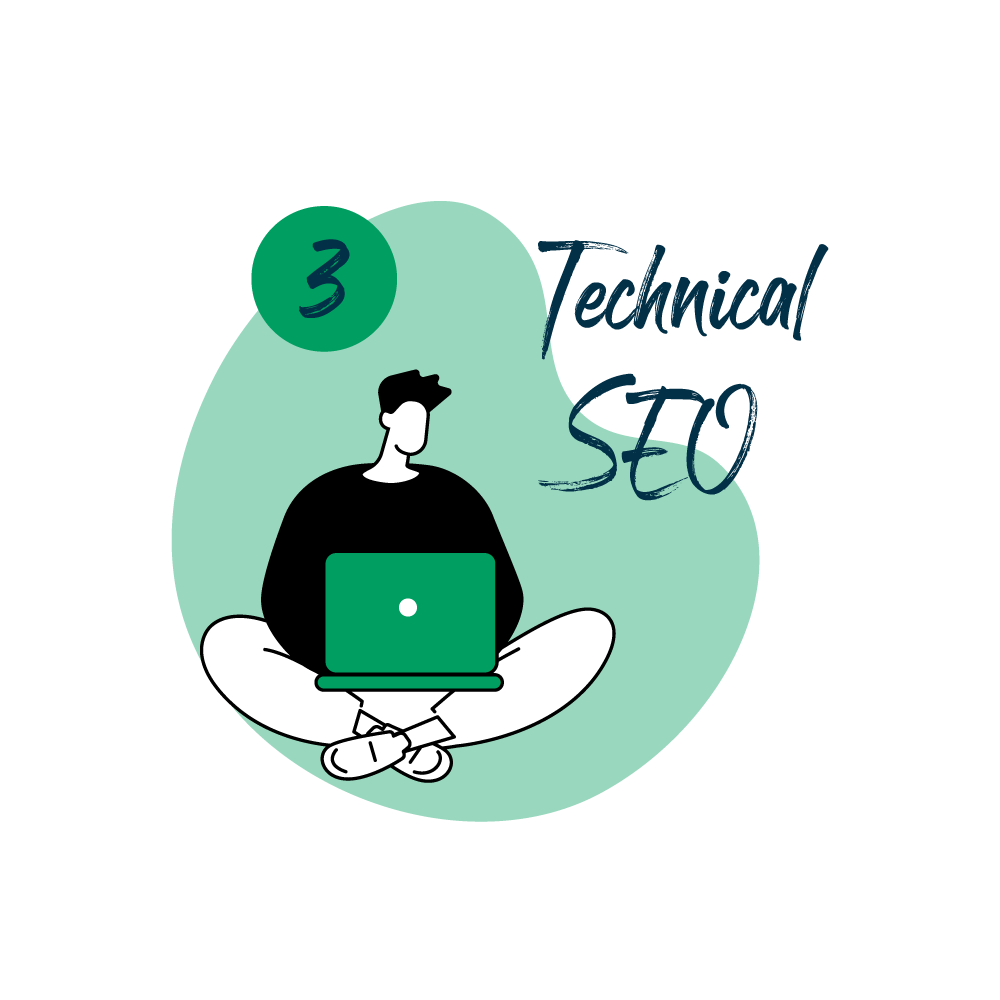
Technical SEO
Building a technical sound and secure website
- Crawler-Friendly Structure
- Fort Knox Security
- Speed Check
- Mobile Friendliness
- Page Checkup
Your Journey with Us.
9 Steps to Create Your Ecommerce Website
Clued in ... Clued up ... Clued on !!!
FAQs - Ecommerce Website Design and Build
How do I choose an SEO-friendly domain name?
You're building a new website. Congratulations!
But how do you ensure your site is SEO-friendly right from the start and ranks high in Google search results?
The first thing your new website needs is a domain name, so it's super important to choose a concise and effective one.
A domain name is your website's address on the internet. It's what your customers type in their browsers to find your site.
For example, "clued.com.au" is our domain name.
Here are a few tips for choosing a good domain name:
- Use words that describe your niche or topic
- Keep it short and simple, no longer than 15 characters and easy to pronounce
- Avoid numbers, hyphens, and other symbols that can confuse your visitors and leave errors when typing your name
- Be unique and memorable
Choosing a concise and compelling domain name can take serious time and thought. But it's worth the effort.
What's the difference between an ecommerce website and a content-only website?
An ecommerce website is like an online store where you can buy things. It's designed to sell products or services directly to customers. These websites usually have features like shopping carts, product listings, payment gateways, and checkout processes.
A content-only website focuses on providing visitors information, entertainment, or education. These websites don't sell products directly. Instead, they offer articles, videos, images, or other types of content.
In short, an ecommerce website is for buying things, while a content-only website is for providing information or entertainment.
Can I add more products and content pages to your Shopify ecommerce website?
Absolutely. Your Shopify business easily grows with your business, and you can add as many new products, collections or content pages as you need. Are you confident updating or adding additional pages? We can help.
What is a site structure and why is it important?
Site structure is how you organise and link your web pages. It's important for user experience. And a way to boost SEO for your new site by helping Google find and index the pages on your website.
That's why we're starting the website journey very early on with a workshop where we sketch the pages your site needs and how they hang together. This is the precursor to designing the pages and filling them with unique, SEO-friendly content.
What is the difference between DNS, website and email hosting?
When setting up a website, you'll need to consider DNS hosting to ensure your domain name is connected to the correct server, website hosting to store and serve your website's files, and email hosting if you want custom email addresses using your domain name. Each component is crucial in making your website accessible and functional on the internet.
DNS Hosting: This is like the internet's address book. It translates your website's name (domain name) into the corresponding numbers (IP addresses) that computers use to find each other on the internet. It ensures that when someone types your website's address into their browser, they're directed to the right place on the internet.
Website Hosting: Think of this as renting space on a computer (server) that's connected to the internet. Your website's files, like images, videos, and text, are stored on this server. When someone visits your site, their browser connects to this server to retrieve and display these files. Website hosting also includes services like server maintenance, security, and backups to keep your site running smoothly.
Email Hosting: If you want email addresses using your domain name (e.g., yourname@yourdomain.com), you'll need email hosting. This provides you with email servers where your emails are stored and managed. Email hosting allows you to send and receive emails using your domain name, providing a professional appearance for your business or organisation.
Why do we design websites based on Shopify?
There are so many good reasons:
Scalability
Shopify is a complete commerce platform that lets you start,
grow, manage, and scale your business.
Easy customisable themes
Themes are templates. You can easily customise yourself and update and add products as you go.
Integrated marketing capabilities
Shopify offers integrated email marketing functionality, so you
won't need a third-party app such as Mailchimp or Klaviyo (unless you want to).
Draft newsletter and automated emails along customer journeys and customise discounts for your sales campaigns.
Multichannel integration
Shopify lets you sell in multiple places online,
across mobile devices, and in-person through brick-and-mortar locations and pop-up shops. Orders and customer information can be synced across various
channels, from social media to online marketplaces, through powerful integrations—and managed all in one place.
Security and hosting
Security is more critical than ever. Shopify is entirely
secure, cloud-based, and -hosted, which means you can safely access it from any compatible device with an internet connection. This gives you the flexibility to run your business from anywhere.
Third-Party App Integration
Because every business is different, Shopify's App Store
features thousands of apps built by third-party developers that can customise your online store without touching code.
Reporting
Shopify provides integrated reporting capabilities, even on the Shopify mobile app.
Shopify mobile app
Stay on top of all your transactions, campaigns and reporting wherever you go with your Shopify app.
Ease of use
You can easily take it from here once we've designed and built your website. Shopify makes it easy for you to add or update products and content.
Does Shopify provide customised email hosting?
Shopify does not directly provide email hosting. However, if you're using Shopify for your ecommerce store, you can consider alternatives, such as Google Workspace, for setting up email addresses using your domain name.
How much is Shopify?
Shopify offers different plans and pricing:
https://www.shopify.com/au/pricing
Note: Shopify includes web hosting in all of its plans. You don't have to worry about finding a separate web host if you're using Shopify to create your online store.
What is the difference between customisation and coding?
Customising Shopify is like making changes to your store using the tools and options provided by Shopify itself, while coding involves writing custom instructions to achieve specific changes or functionalities that go beyond what's possible with the built-in tools.
Will I use my ranking when creating a new website?
We redirect your most important URLs to your new URLs so that you are best positioned to maintain the ranking you built previously.












